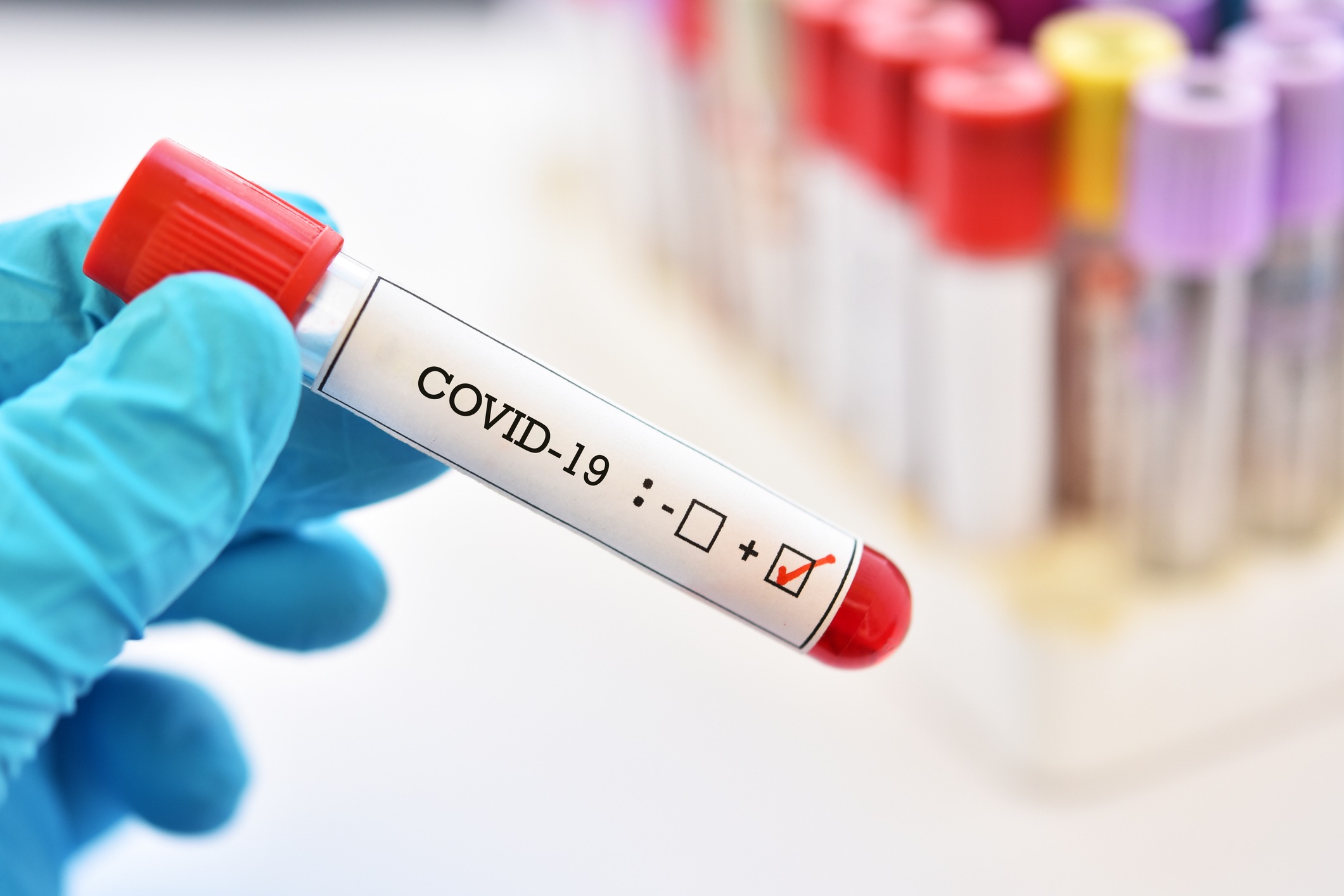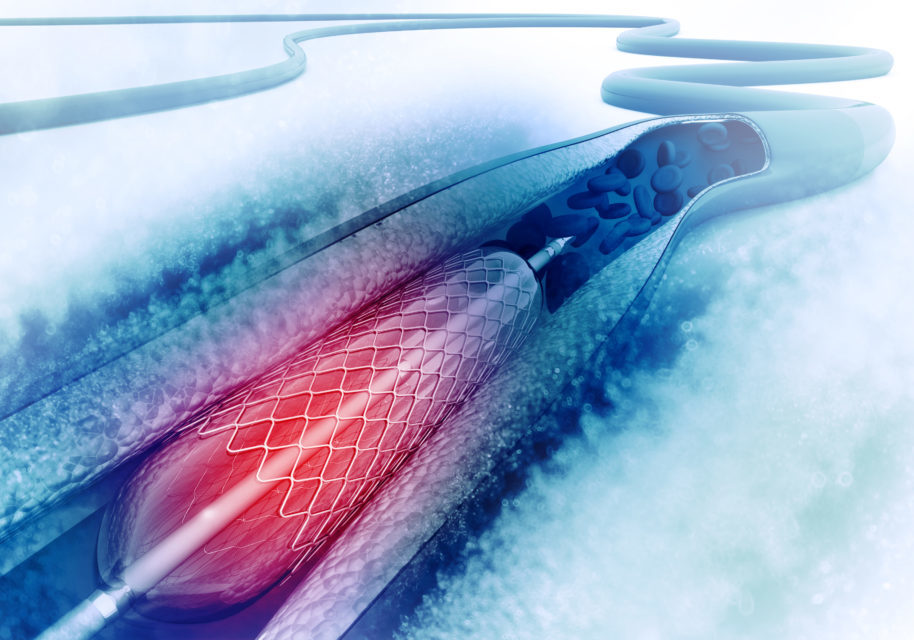
A new registry of patients with COVID-19 and ST-segment elevation aims to assess the connection between this biomarker and increased risk of severe illness and morality to inform treatment. Findings on 1-month outcomes for this patient population were presented at Transcatheter Cardiovascular Therapeutics (TCT) 2020.
The North American COVID-19 ST-Segment Elevation Myocardial Infarction (NACMI) is a multi-center, observational registry of adults with confirmed COVID-19 or persons under investigation (PUI) who also have new ST-segment elevation or new onset left bundle branch block (LBBB). Patients must also possess a clinical correlate of myocardial ischemia. The project is a collaboration between the Society for Cardiovascular Angiography and Interventions (SCAI), the Canadian Association of Interventional Cardiology (CAIC), and the American College of Cardiology Interventional Council.
In COVID-positive patients, ST-Elevation, which can occur due to obstructive, non-obstructive, or angiographically normal coronary arteries, is associated with more frequent hospitalization, more thrombotic lesions, and higher mortality. There is not widespread consensus on incidence and clinical outcomes of ST-elevation myocardial infarction (STEMI) mimics in COVID-19 positive hospitalized patients.
The registry’s goal was to compare demographics and outcomes of these patients with a historical control group of over 15,000 consecutive STEMI activation patients from the Midwest STEMI Consortium using propensity matching. The primary clinical outcome is in-hospital Major Adverse Cardiovascular Events (MACE) defined as composite of all-cause mortality, stroke, recurrent MI, and repeat unplanned revascularization. The project aims to inform data-driven treatment plans for this patient population. 594 total patients in the U.S. and Canada are enrolled in the registry, of which 171 have confirmed COVID-19 and 423 are under investigation.
COVID-19 patients with ST-elevation were more likely to present with cardiogenic shock (but not cardiac arrest) with lower left ventricular ejection fraction (LVEF), more atypical symptoms, and slightly higher hospital rates compared to STEMI patients without COVID. They faced higher rates of in-hospital mortality and in-hospital stroke with longer length of stay. These patients were also more likely to receive medical therapy rather than angiography (21%), although 71% received primary percutaneous coronary intervention (PCI).
“Primary PCI is preferable (and feasible) in COVID+ patients with [door-to-balloon (D2B)] times similar to PUI or COVID– patients, supporting current SCAI/ACC/AHA recommendations,” said the researchers during their presentation.
Henry T. Initial Outcomes from NACMI: The North American COVID-19 STEMI Registry. Presented at TCT 2020.







 © 2025 Mashup Media, LLC, a Formedics Property. All Rights Reserved.
© 2025 Mashup Media, LLC, a Formedics Property. All Rights Reserved.